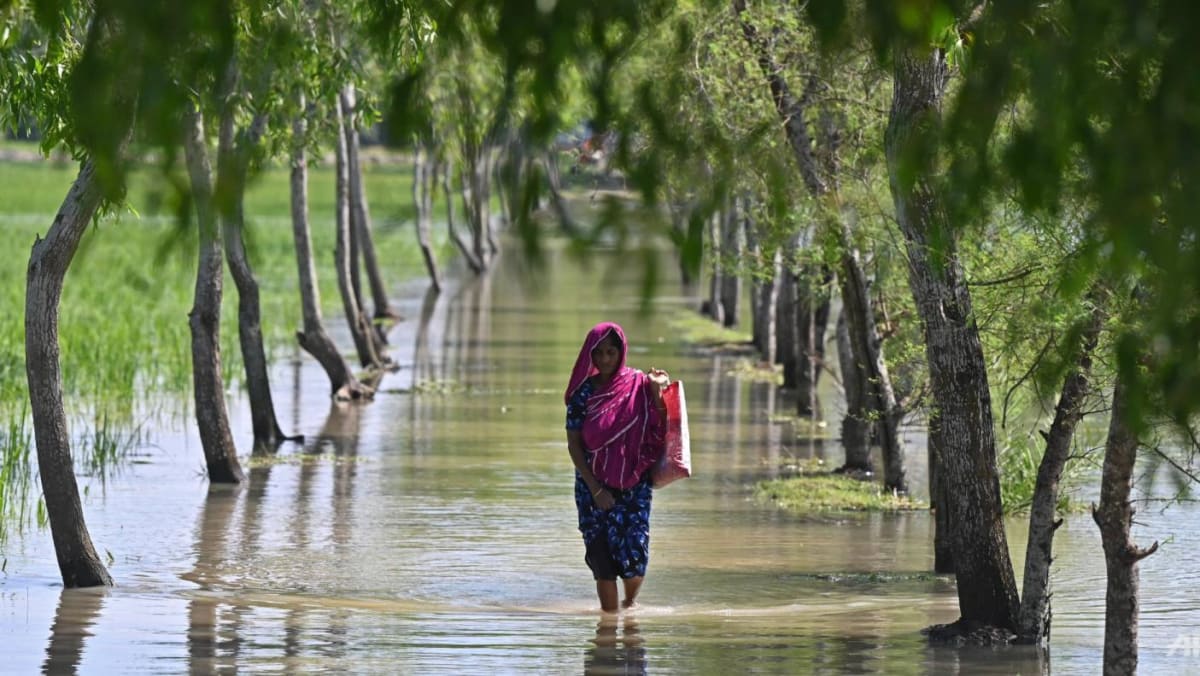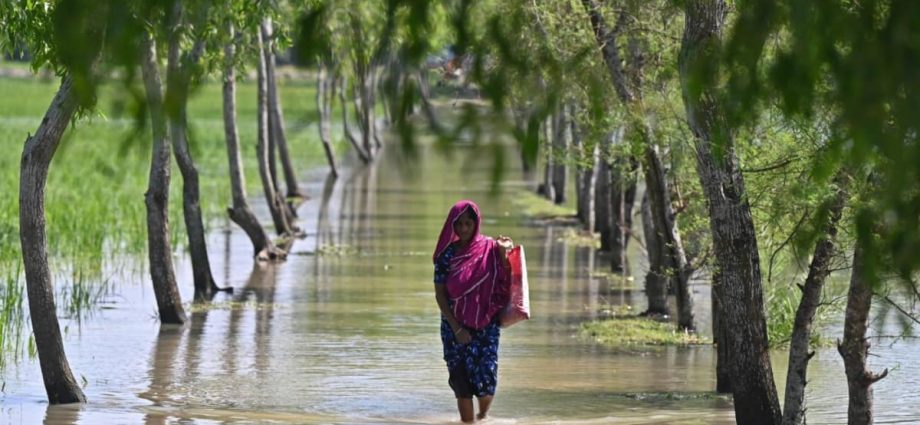
KUAKATA, Bangladesh: At least 16 people died after a cyclone slammed into Bangladesh, forcing the evacuation of about a million people from their homes, officials said on Tuesday (Oct 25).
Around 10 million people were without power in 15 coastal districts, while schools were shut across southern and southwestern regions.
Cyclones – the equivalent of hurricanes in the Atlantic or typhoons in the Pacific – are a regular menace but scientists say climate change is likely making them more intense and frequent.
Cyclone Sitrang made landfall in southern Bangladesh late on Monday but authorities managed to get about a million people to safety before the monster weather system hit.
Jebun Nahar, a government official, said 14 people died, mostly after they were hit by falling trees, and two died after a boat sank in squally weather in the Jamuna river in the north.
“We still have not got all the reports of damages,” she told AFP.
People evacuated from low-lying regions such as remote islands and river banks were moved to thousands of multi-storey cyclone shelters, Disaster Management Ministry secretary Kamrul Ahsan told AFP.
“They spent the night in cyclone shelters. And this morning many are heading back to their homes,” he said.
In some cases police had to cajole villagers who were reluctant to abandon their homes, officials said.
Trees were uprooted as far away as the capital Dhaka, hundreds of kilometres from the epicentre of the storm.
Heavy rains lashed much of the country, flooding cities such as Dhaka, Khulna and Barisal – which witnessed 324mm of rainfall on Monday.
About 33,000 Rohingya refugees from Myanmar, controversially relocated from the mainland to a storm-prone island in the Bay of Bengal, were ordered to stay indoors and there were no reports of any casualties or damage, officials said.
A feared major storm surge did not materialise, however.

